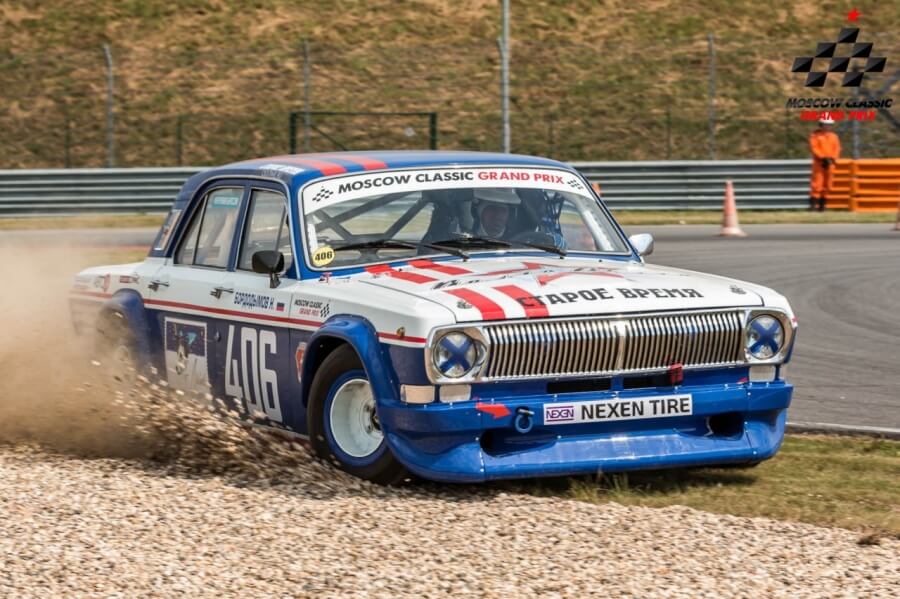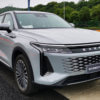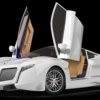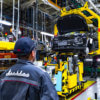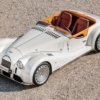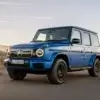
Even behind the Iron Curtain, Soviet citizens did what people will always do when they can put two cars in a row: race. However, in the USSR this expensive pastime was even more difficult, because there were very few opportunities for modifying cars. This forced racers to use very unusual parts, such as lightweight helicopter rims!
Motorsport was not something unusual in the USSR. Despite the general shortage of cars and auto parts, the country held circuit races and something like a rally. At the same time, modifications and improvements to racing cars were not the easiest task.
High performance parts were hard to find. Lightweight wheels were a particular problem, as aluminum wheels were still prohibitively expensive even in the West.

The only option for racers was to try to smuggle something in and modify it or create something of their own from domestically produced parts. This is where helicopter wheels come into the conversation.
Workers at some factories making parts for aerospace or military equipment sometimes stayed after hours to make custom lightweight racing wheels. They made them from wheel rims intended for either armored cars or helicopters.
One popular choice was the KT 192-020, an aluminum wheel that was used on the retractable wheels of the military BDRM. An alternative choice was K2-116.
The K2-116 was a magnesium wheel that was used on the Mi-4 and Mi-8 helicopters, the An-28 transport aircraft and the Il-18 airliner. It was a composite wheel measuring 14 by 9 inches and weighing about 8 kg.
The wheel was cast from ML5 magnesium alloy and had removable flanges and a center section, allowing for easy tire changes. Or, which is especially important for Russian racers, it’s quite easy to adapt it to car hubs.
The new hub was usually made from a brake drum, which was integrated into the wheel rim. This sloppy design made these wheels difficult to balance. However, they were durable and significantly lighter than steel wheels.

Subscribe to CARAKOOM on Telegram
